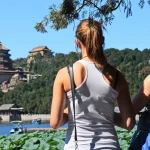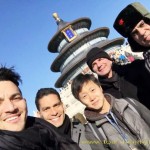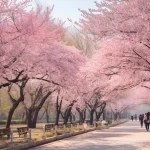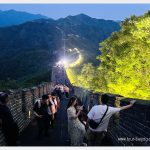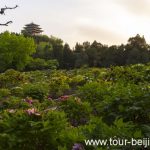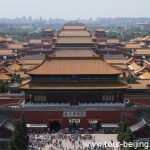How to Visit Feilai Peak Grottoes in Hangzhou
Planning your Hangzhou tour? Unquestionably, walking, cycling around or boating on the West Lake (UNESCO World Cultural Heritage) will be your first choice. But Hangzhou is a city of no one-trick pony. Feilai Peak Buddhist Grottoes (Chinese:飞来峰石刻 Feilai Feng) is one of the impressive sites in Hangzhou, which is worth your exploration 2-3 hour together…
